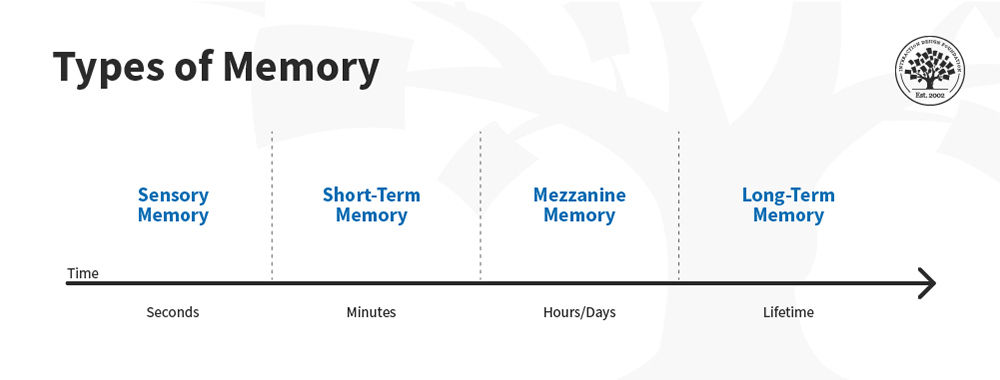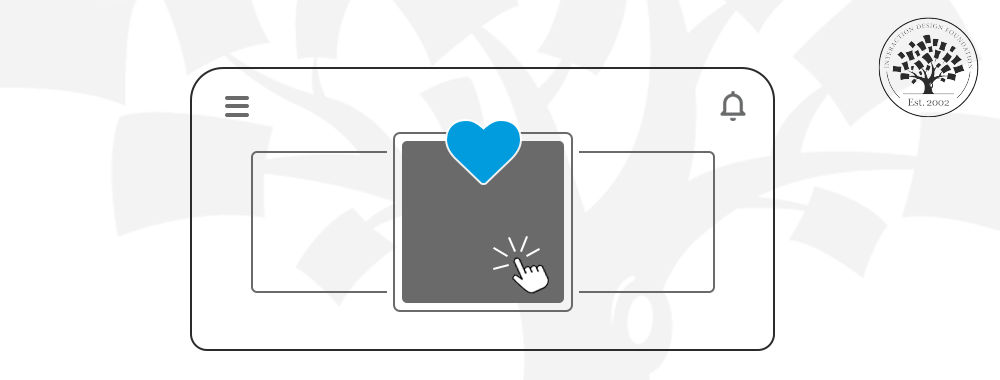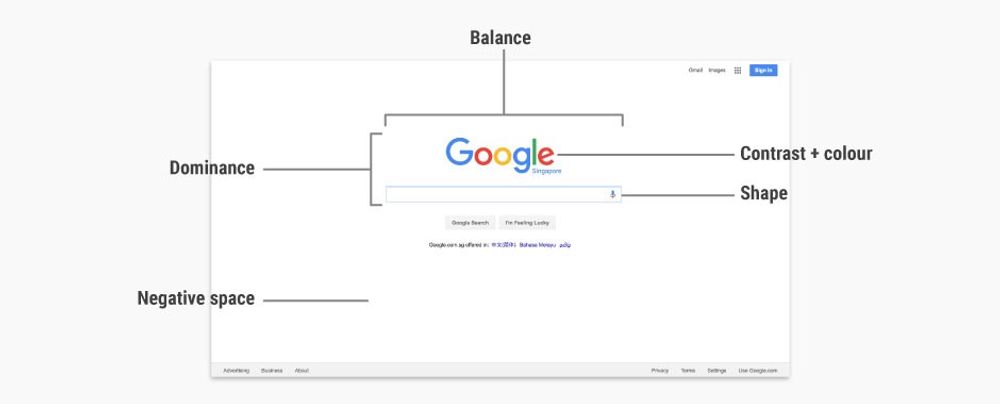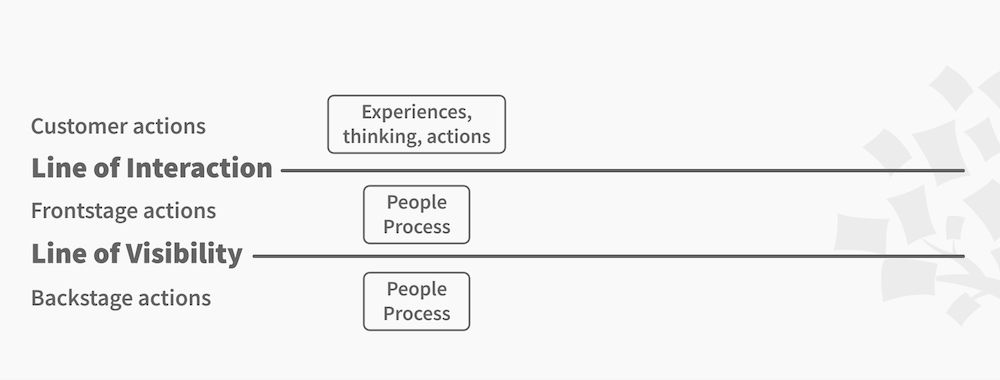Feedback is a blessing and a curse. When feedback is delivered that make us feel good, we skip from the meeting with a song in our hearts. When it make us feel bad, we slink away with our tails between our legs and a snarl on our lips. Unfortunately, in most organizations this is what feedback boils down to – praise or criticism.
Yet, feedback is supposed to be constructive. There’s no shame in someone not liking the UI layout or the colour scheme or indeed the copy… what we really need to know is why, and whether or not that feeling they have matters.
Keeping that idea in mind, we’ve come up with some simple steps to turn feedback sessions into something more useful than opinion dumps. All you need to do now is help explain them to people before you start a feedback session and gently keep people on track with the ideas during that session.
Ask Questions
Don’t let a piece of feedback derail you so much that you take it as a mortal blow and start feeling terrible. Learn to ask questions about feedback and you’ll soon start to have valuable conversations rather than feedback dumps.
“Your UI sucks!” might be hurtful but if you start to ask; “What do you mean by that?” or “What specifically doesn’t work for you? And how might that damage the user experience?” then you can start to pull apart what is, at first, painful feedback.
You may find that personal agendas rise to the surface (in which case, feel free to ignore the feedback – just because someone gives you feedback, it doesn’t mean you have to act on it most of the time) or you may find valid, useful input.
Over the years, I’ve found that most people giving feedback want to help rather than hurt. It’s not that hurtful folks don’t exist but they are in a tiny minority. What many people struggle with is explaining what they mean; so they use a single sentence which is the start of their thought process and not the end and then people take offence and the whole process closes down too early.
Yes, you need to develop a thicker skin to handle this but that’s part of your own development – not just development of others.

Author/Copyright holder: Hector Alejandro. Copyright terms and licence: CC BY 2.0
Help People Recognize the Purpose of The Design
It can be really useful to remind people what they are giving feedback on and why. It’s also pretty useful to restate the purpose of the design. What is the product that they are reviewing? What is the audience for this product? How will this product serve their needs? And so on…
It really doesn’t matter too much if a 63 year old software manager hates the interface because “it looks like it’s for kids!” if the product is indeed intended for teens.
Yet, it’s perfectly reasonable for that person to give feedback like that if they haven’t been reminded of the purpose of your product. If you’re just asking; “What do you think?” Don’t be surprised when the feedback people deliver isn’t all that relevant.
Focus the folks giving feedback on the project’s objectives, however, and you’ll soon be getting much more valuable feedback. Don’t be afraid at any point during a feedback session to call someone’s attention to the project objectives. If they’re going off track… they’ll soon realize it and if they’re not – well, shut up and listen for a minute.
Understand That Feedback is About Identifying Issues Rather Than Solutions
Feedback is supposed to help the design team pinpoint issues with the design and the way it is presented is often as proposed solution. This can be a serious problem because it stops the creative process.
Imagine you’re in a meeting discussing the UI of your latest product. Someone says; “Hey! I think that action button should be placed on the right.” and everyone else nods in agreement. This might well lead to the button being moved, after all it’s only a button and nobody objects to the new placement do they?
Yet, what you really need to understand is – “Why do people think the button is in the wrong place. What issues does that cause? If these issues are serious, what would be the best place for the button?”
A little gentle reframing during the feedback session is needed at this point. “So everyone agrees the button is in the wrong place? Why is that?”
Then you can start to get to the bottom of the issue… and start seeking a better solution rather than changing a design based on a communal whim

Author/Copyright holder: Commonwealth of Australia. Copyright terms and licence: CC BY-SA 3.0
Feedback Should Be Given Sensitively
Feedback that is given in the spirit of not hurting the feelings of the person getting the feedback and being as accurate as possible is good feedback.
“Man that text is awful!” is not good feedback. “Hey, I feel that text is hard to read and might deter the audience.” is good feedback.
Help your feedback participants rephrase and be specific. Don’t get your back up and become defensive. Treat all feedback as an opportunity to learn. Try and remember that some folks just suck at giving feedback.
Seek Facts as Well as Opinion
Encourage people to support their opinions with facts. It really doesn’t matter if someone thinks that red is the right/wrong colour to use – it might matter if they can show that it will have an impact on the target audience. (In China, for example, red is a lucky colour and audiences respond positively to the use of red. In other countries it may be perceived as angry…)
Use your own research to back up the reasons that a decision has been made too. If someone says that the colours don’t work for them, if you can explain why they were chosen – you can put any arguments to bed early.

Author/Copyright holder: Marcin Bajer. Copyright terms and licence: CC BY-NC 2.0
Summary
Feedback is a critical part of the design process. Receiving feedback does not, however, mean becoming a whipping post. Adapting the feedback regime in your business can make all the difference to the way that feedback affects design outcomes and to the way that you feel about that feedback.
Header Image: Author/Copyright holder: Quinn Dombrowski. Copyright terms and licence: CC BY-SA 2.0











